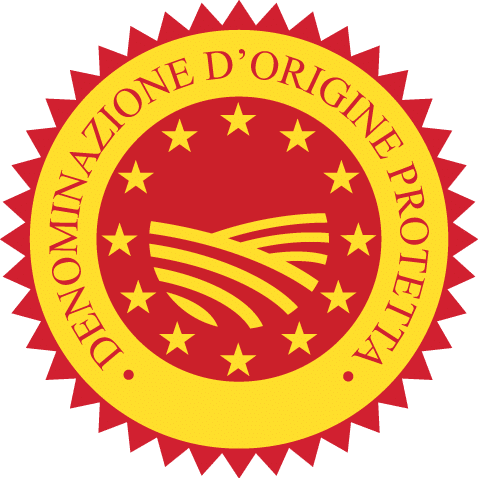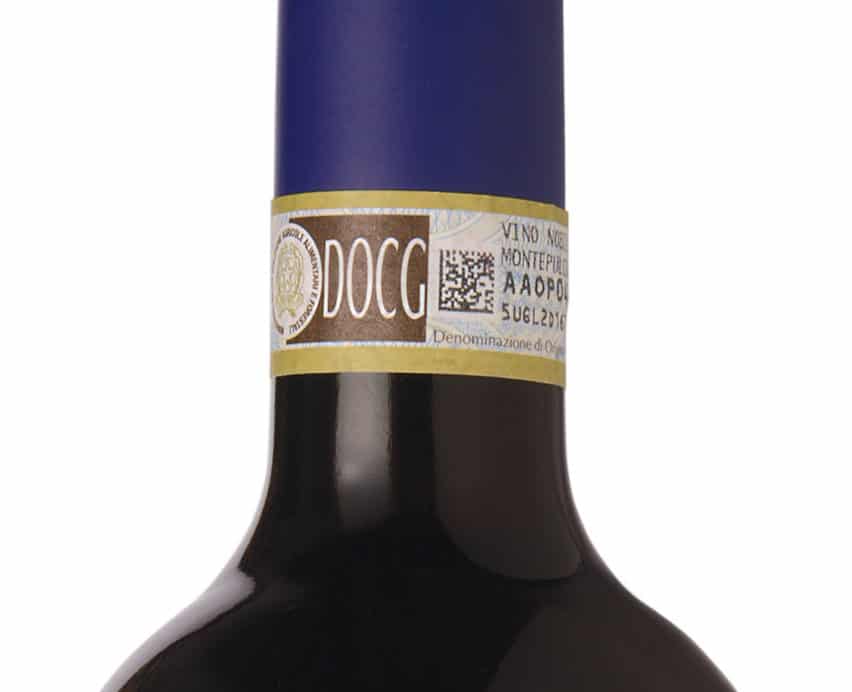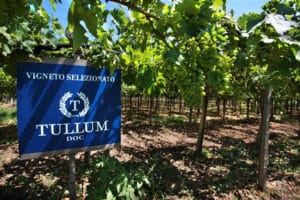Search
Menu

While establishing wine laws that apply to the entire European Union in the early 2000s, the EU did not see a future for the DOCG quality level in Italy’s national wine law—but the Italians definitely did. As it played out, the EU chose not to kill off the DOCG right away, hoping it would go away on its own, and recent changes to the law have opened the doors to a whole new crop of them, to Italian wineries’ delight.
When the European Union passed its law on the common market organization for wine in 2008, it was thought by many to be the death knell for Italy’s DOCG category of wine. Since 1980, Italy had had four quality levels for wines: DOCG at the top with the greatest level of oversight by authorities, followed by DOC, IGT, and basic vino da tavola (table wine).  The new EU law, however, had provisions for only three levels—DOP, IGP, and Vino, to use the Italian-language acronyms—and all EU member countries were required to revise their national laws to fit the new model. For Italy, that apparently meant squeezing both DOCG and DOC into the DOP box. Many believed that the DOCG was dead, and wine students rejoiced, thinking Italian wine studies would become easier. Long live the DOP!
The new EU law, however, had provisions for only three levels—DOP, IGP, and Vino, to use the Italian-language acronyms—and all EU member countries were required to revise their national laws to fit the new model. For Italy, that apparently meant squeezing both DOCG and DOC into the DOP box. Many believed that the DOCG was dead, and wine students rejoiced, thinking Italian wine studies would become easier. Long live the DOP!
Well . . . Producers of DOCG-level wines, who had often gone to great effort to move their local denomination up from DOC to DOCG, were not happy that their select group, which included the majority of Italy’s most celebrated denominations, was to be disbanded. Italy therefore protested the EU law and managed to gain a stay of execution for the DOCG.  EU regulators in Brussels agreed to allow countries to continue using “traditional terms” such as DOC and DOCG on wine labels for a while—even though, as far as the European Union was concerned, they were meaningless.
EU regulators in Brussels agreed to allow countries to continue using “traditional terms” such as DOC and DOCG on wine labels for a while—even though, as far as the European Union was concerned, they were meaningless.
So, the DOCG was still alive after all, but what was its prognosis? The EU authorities were probably expecting Italy to phase out the old terminology fairly quickly, and indeed many wine labels at the DOC and IGT levels have switched over to DOP and IGP since the law took effect in 2011. But very few DOCG producers have downgraded themselves (as they see it) to DOP, and the EU has not put an expiration date on the traditional-terms waiver.
With the DOCG in limbo, the question became whether the Italian government would or could continue to approve new DOCGs—a quality level that technically no longer existed. Certainly, there was every expectation that new applications would be much more difficult to push through after the EU took charge of the process, so dozens of new denominations were proposed and approved in 2011 while Rome was still in control. The number of DOCGs almost doubled between 2008 and 2011, reaching 73.
In the years since then, only two new DOCGs have been approved: Nizza in Piemonte and Tullum in Abruzzo. Their stories are very different, and illustrative for the future.
 Nizza was a former subzone of Barbera d’Asti DOCG and therefore already had DOCG status. Some producers in the area had long been promoting the idea of the subzone branching out on its own, but they were not able to get all the necessary paperwork and approvals done before the 2011 deadline. Thus, Nizza became Italy’s test case for new approvals under the European wine law. Approved by national regulators in Rome in 2014, Nizza’s application languished on someone’s desk in Brussels for 5 years. It was not officially approved by the EU—as a DOP, of course—until June 2019.
Nizza was a former subzone of Barbera d’Asti DOCG and therefore already had DOCG status. Some producers in the area had long been promoting the idea of the subzone branching out on its own, but they were not able to get all the necessary paperwork and approvals done before the 2011 deadline. Thus, Nizza became Italy’s test case for new approvals under the European wine law. Approved by national regulators in Rome in 2014, Nizza’s application languished on someone’s desk in Brussels for 5 years. It was not officially approved by the EU—as a DOP, of course—until June 2019.
 The EU office that handles wine-region approvals was clearly swamped. In addition to having to recertify every European appellation and denomination and geographical indication in existence as of 2011, they also had to deal with a flood of applications for amendments from all the wine-producing countries in the EU. Something had to give, and it turned out to be EU oversight. In January 2019, new regulations were enacted that divided denomination rule changes into two categories:
The EU office that handles wine-region approvals was clearly swamped. In addition to having to recertify every European appellation and denomination and geographical indication in existence as of 2011, they also had to deal with a flood of applications for amendments from all the wine-producing countries in the EU. Something had to give, and it turned out to be EU oversight. In January 2019, new regulations were enacted that divided denomination rule changes into two categories:
Cutting out the entire final step in the approval process for the great majority of issues not surprisingly has sped things up dramatically. And because Brussels officially ignores the difference between DOC and DOCG, it has effectively given Rome the authority to add a “G” to a denomination’s name without further permission.
 The first beneficiary of this was Tullum (aka Terre Tollesi) DOC in Abruzzo, which in mid-2019 received the blessing of the Italian ministry of agriculture to advance to DOCG. Under the new procedures, that was all that was required, and Tullum DOCG became official. You can expect to see quite a few other denominations pursue the same path. Collio Goriziano DOC in Friuli, for example, is one with that goal. Meanwhile, the Canelli subzone of Asti DOCG has announced its intention to emulate Nizza and become a separate DOCG, which probably still requires the attention of Brussels. The DOCG count is currently 75. Stay tuned.
The first beneficiary of this was Tullum (aka Terre Tollesi) DOC in Abruzzo, which in mid-2019 received the blessing of the Italian ministry of agriculture to advance to DOCG. Under the new procedures, that was all that was required, and Tullum DOCG became official. You can expect to see quite a few other denominations pursue the same path. Collio Goriziano DOC in Friuli, for example, is one with that goal. Meanwhile, the Canelli subzone of Asti DOCG has announced its intention to emulate Nizza and become a separate DOCG, which probably still requires the attention of Brussels. The DOCG count is currently 75. Stay tuned.
No one single DOCG producer has adopted the DOP (if you know one please do confirm, it would be the first time I see it). It is mandatory by law for a DOCG producer to apply a DOCG seal, it's just a matter of being consistent with the seal applied (there is no DOP seal). The DOCG in Italy has a meaning, whether we like or not, whether we agree or not, and producers do care about this distinction.
As far as the DOC. In reality very few producers have adopted the DOP, they mostly stick to the DOC designation, just check any Italian bottle around, do you really see that many DOP labels?
Why on earth would a DOCG producer add his/her wine to the same classification of a lesser denomination wine, or tomato for that matter. The EU really has done quite a bit to minimize the distinct individuality of the member nations. Long live the DOCG, DOC, IGT, VdT.
Dear IWC team:
Hope you are doing well.
Is there any information about lambrusco's total volume production, specifically by quality level doc and igt or by color?
Have you tasted Chianti Classico Gran Selezione? What is your opinion?
I have tasted Chianti Classico GS Badia A Pasignano of Tenuta Antinori, two diferent years 2016 and 2017
I cannot note the fruit, the barrel appears exccesively.
Thanks in advance